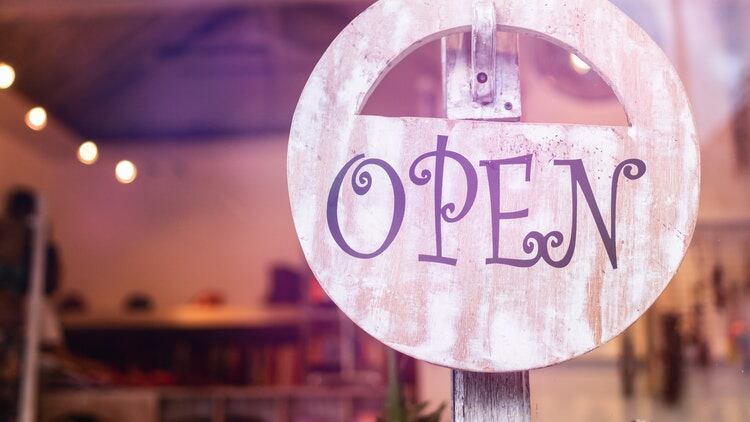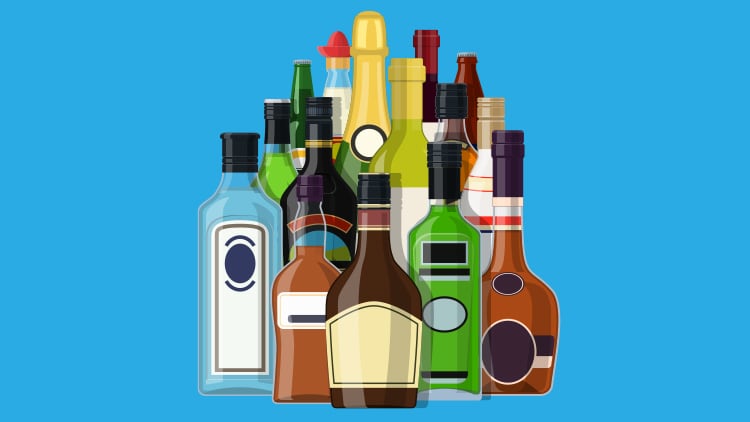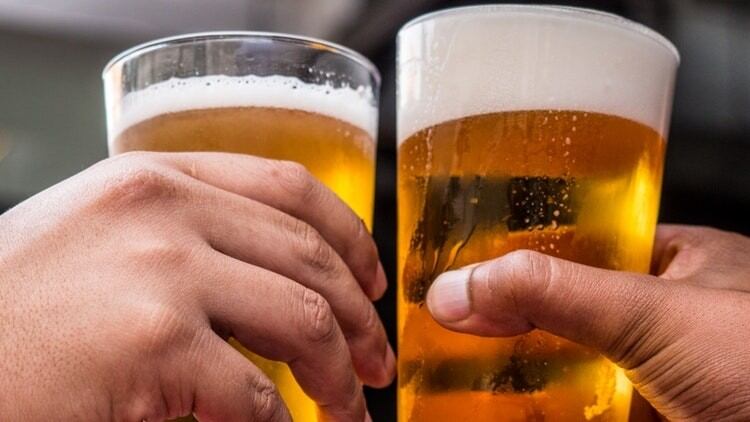CGA strategic initiatives director Rachel Weller told delegates at Drink Tank this month (27 November) at London’s Cavendish Conference Centre in America Square about the level of optimism within the sector.
She said: “About two thirds of operators are optimistic about their own business prospects but fewer are optimistic about the market as a whole.
“Footfall is flat and has been for the past two years. [Consumers] are not stockpiling tins of beans and hiding under the duvet waiting for Brexit to be over, they are still going out to eat and drink.
“The footfall is being sustained by a core group of consumers. Some 22% of consumers make up 70% of drink-led visits.
“Quality in the market is up. Consumers have never been faced with so many high-quality places when going out, but this means there’s always something to compete with.
“That competition is made even more acute by a small proportion of consumers making up the majority of visits.”
Weller went on to outline how the sector has shown optimism over the past few months, despite current economic uncertainty.
Seeing growth
She added: “The most recent set of results (from CGA’s Business Leaders survey) showed a positive movement and market optimism [was] the highest since May 2018.
“This is probably buoyed by moving into a busy Christmas period, but optimism does tend to change depending on the country’s politics.
“The CGA Coffer Peach Business Tracker stated the pub, bar and restaurant market are posting growth in total sales and like-for-like sales.”
However, she also highlighted how the drinks category is performing overall in terms of sales and how operators feel about their individual offers.
“Just 42% of business leaders feel alcoholic drinks offer is market leading. Total drinks volume is down by 0.8% and value up by 2.8% so [consumers are] generally drinking less but better and this is reinforced by 89% of value growth in the market, driven by premium categories like golden rum and world lager,” said Weller.
On the subject of premium, she added that this trend wasn't going anywhere soon, with the same being said for health.
Ongoing trends
“Premiumisation is becoming more widespread. The average consumer now has five premium gins they can name in their repertoire along with two standard gins,” Weller said.
“[Consumers] are asking for a specific gin and a specific tonic and range needs to meet these expectations.
“With the consumer trend towards health, 65% of consumers are proactively trying to live a healthier lifestyle, driven by those consumers who are going out the most and spending the most.
“More than half (55%) of late-night consumers have been out for a night out and stayed off alcohol in past six months.
“One in five late night consumers choose not to drink in a night out to be healthier and 32% have tried a no/low product in past six months but only 9% of GB adult consumers who have drunk no/ low are teetotal.”
Another trend Weller pointed out was experience-led expectations and she pulled out how and why this is something that is set to stay.
She added: “Some 52% of GB consumers have visited at least one third space event in the past six months.
“Thanks to social media people re invested in the brands themselves. If the drinks offer is exciting, it gives consumers something to talk about.
“[There is a] growing demand for consumers to understand why you are doing what you do and that you have a purpose beyond profit.
“Also with sustainability – consumers care about environmentally-friendly packaging with 91% of GB consumers said it is important the brand sourced environmentally-friendly packaging – up 2% since 2018 and 92% said environmentally ingredients.
“Increasingly consumers want to understand green credentials. When it comes to drink range it’s not just about considering the how and what but also why.”




